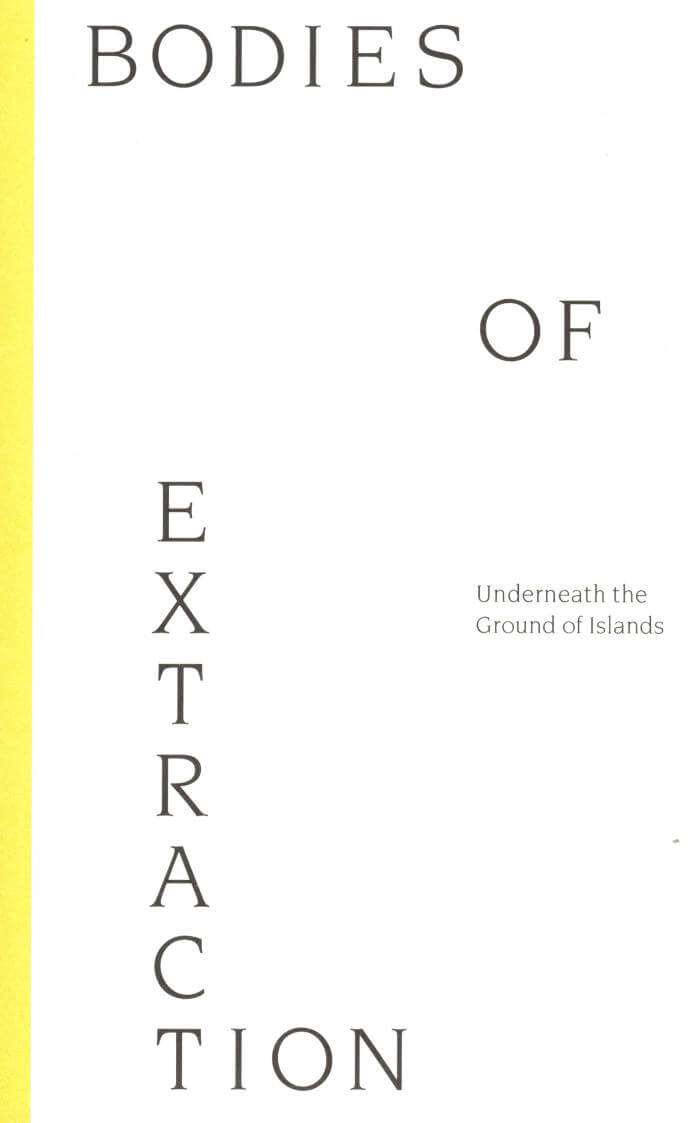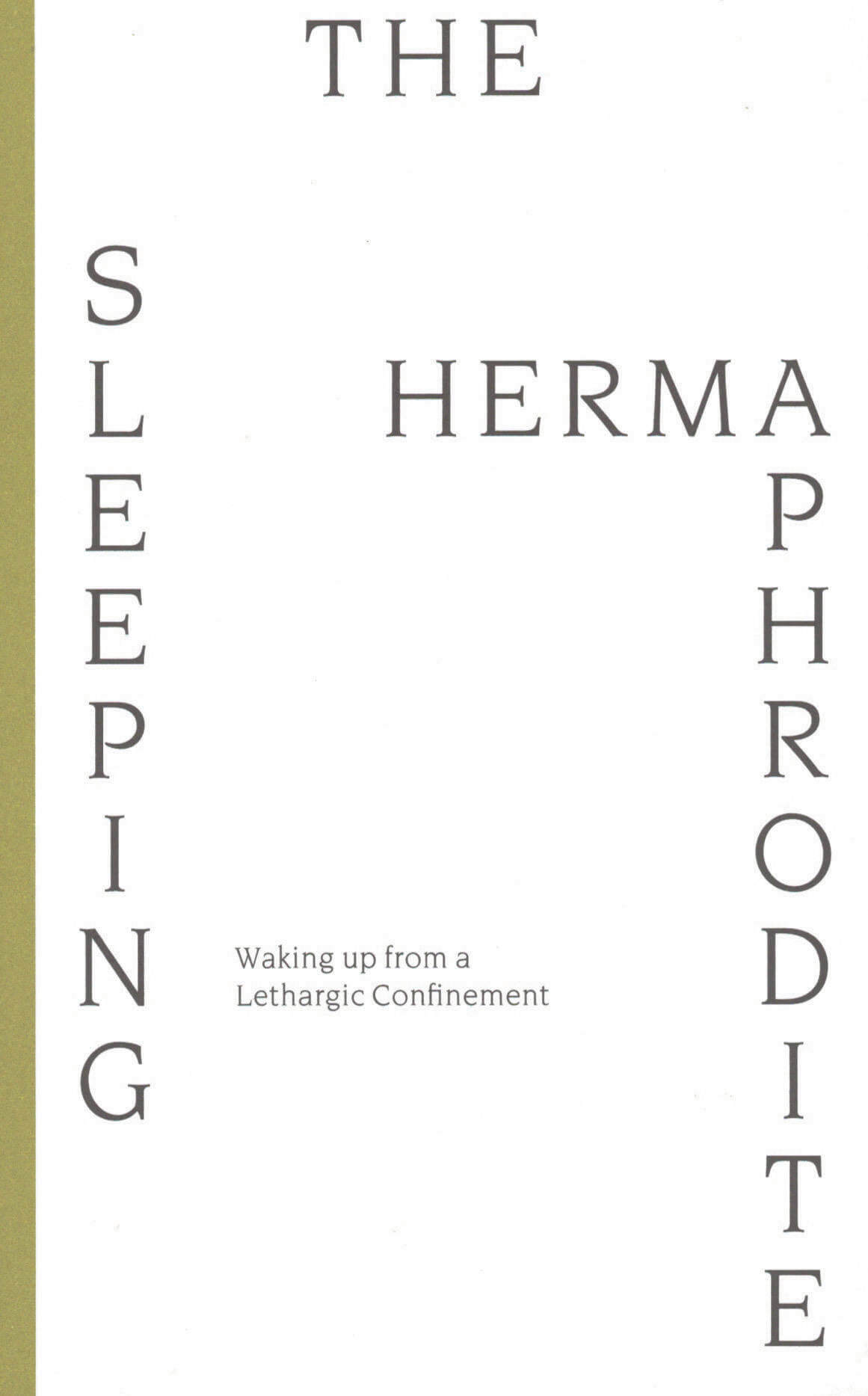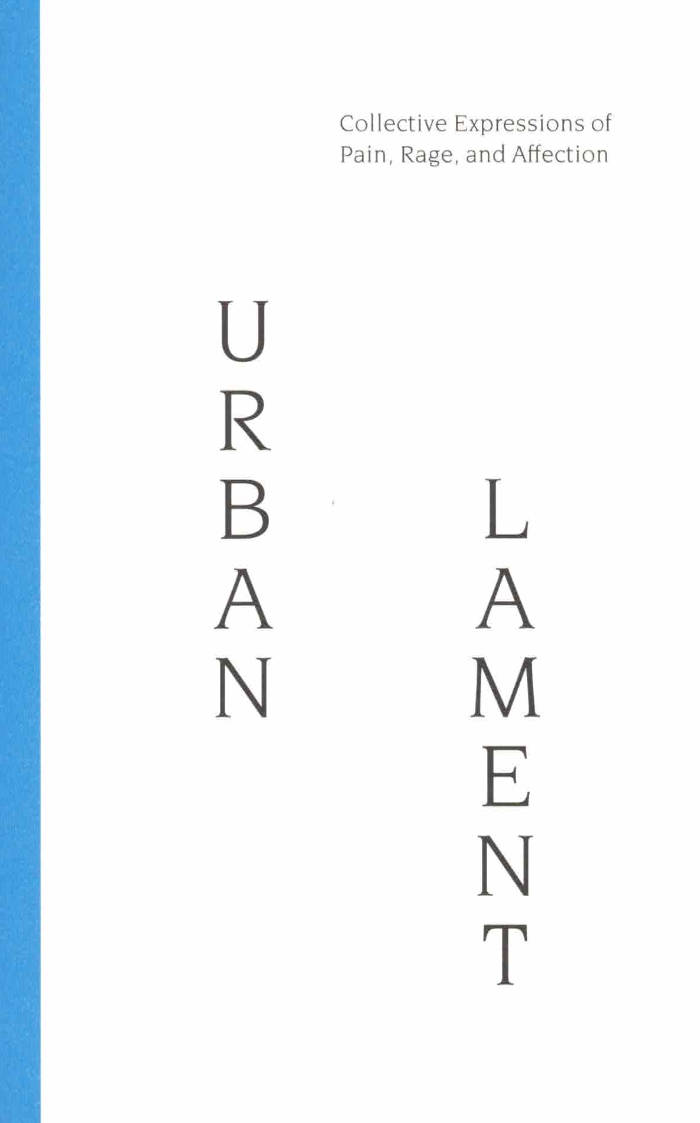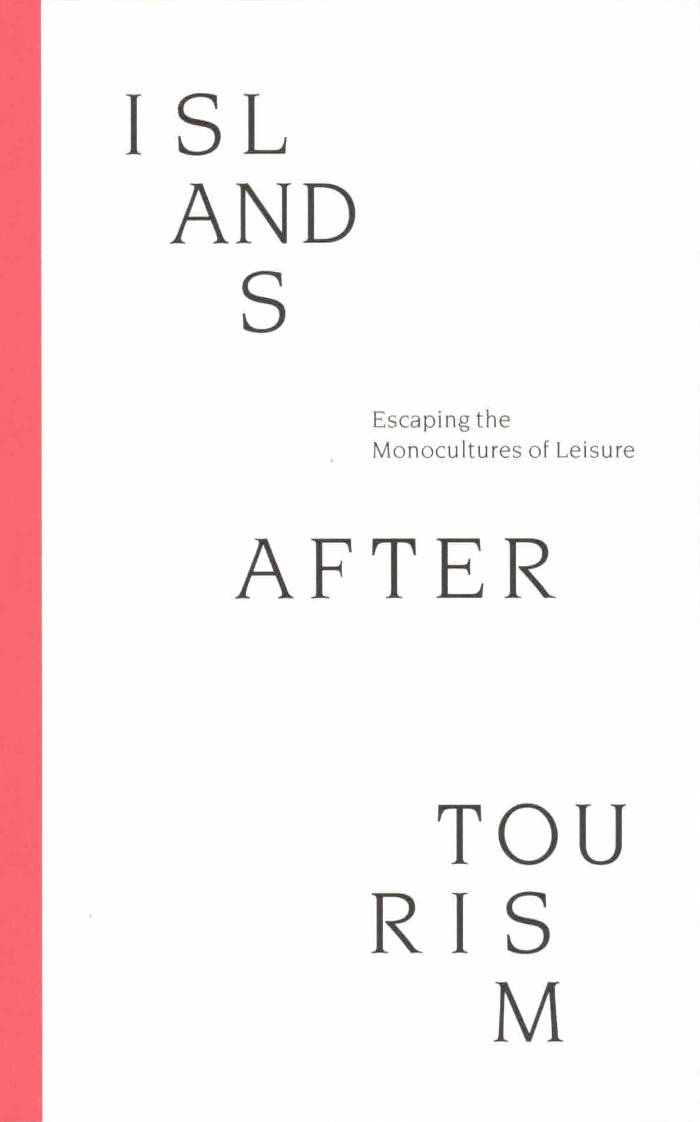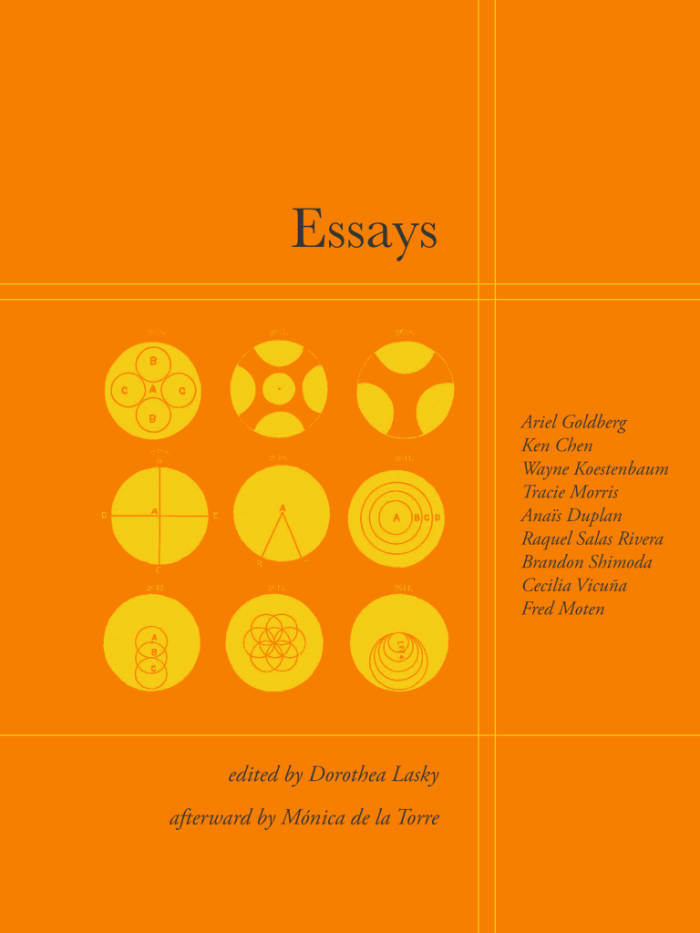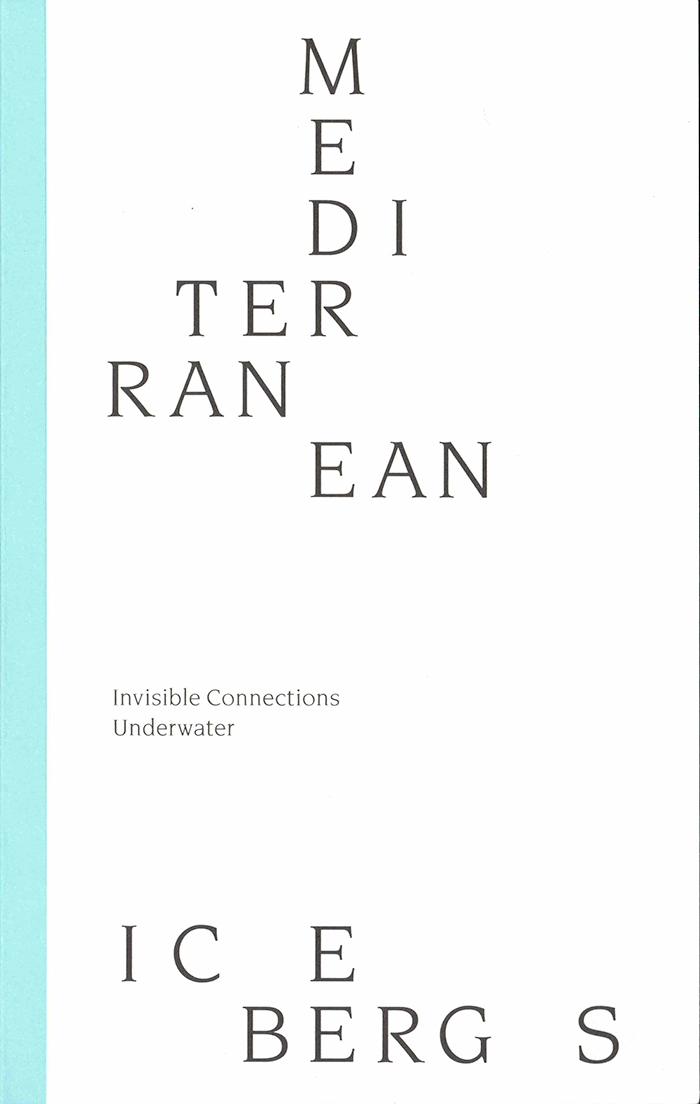
Mediterranean Icebergs
Daphne Dragona ed., David Bergé ed.
While the largest parts of icebergs — or islands — remain beneath the sea surface, often unmapped and perilous, a myriad of creatures and non-organic matter connect them to other lands. Nowadays, in the era of the climate crisis, what is hidden in the depths of the sea exponentially manifests the impact of anthropogenic activity on the planet. Plastic waste and pollution, deep sea mining, and undersea network infrastructures affect marine biodiversity and life on Earth at large. Mediterranean Icebergs sheds light on forms of agency, be it human, more-than-human, or machinic, that operate in marine environments, paying attention to their entanglements, encounters, and asymmetries. Addressing the interconnectedness of environmental, political, and legal issues, this book takes the Mediterranean as a starting point to discuss what is at stake for all lives depending on the planet’s seas and oceans.
